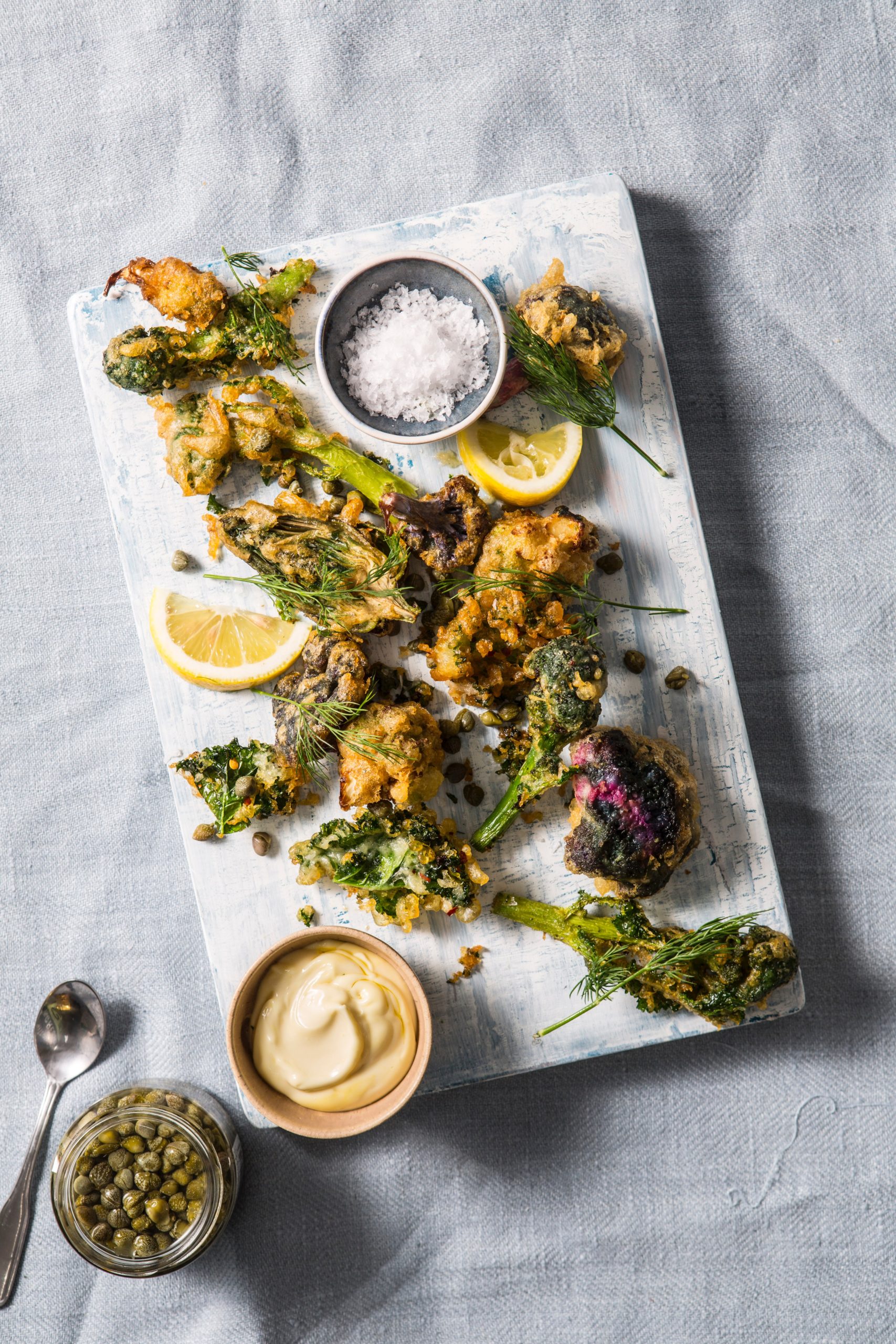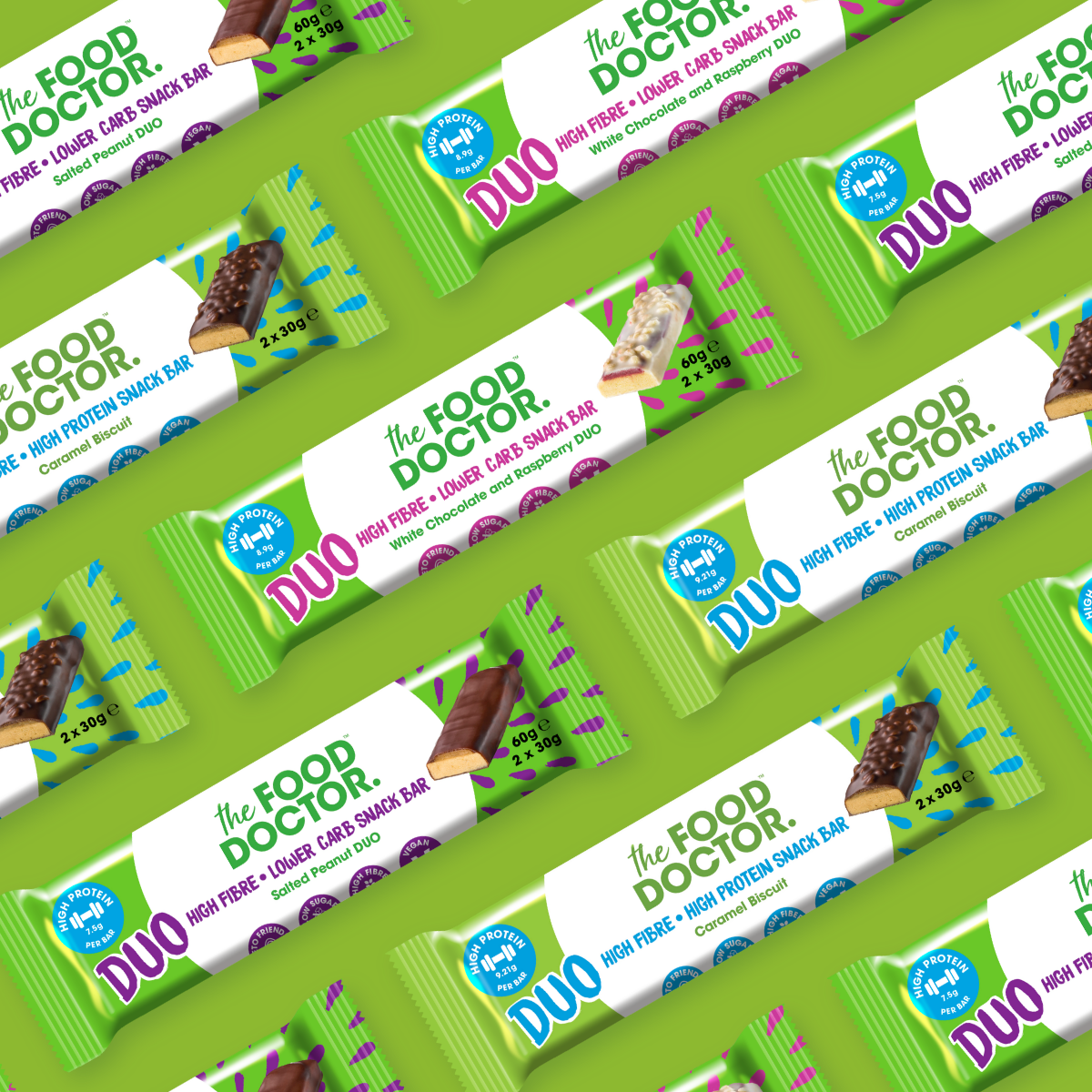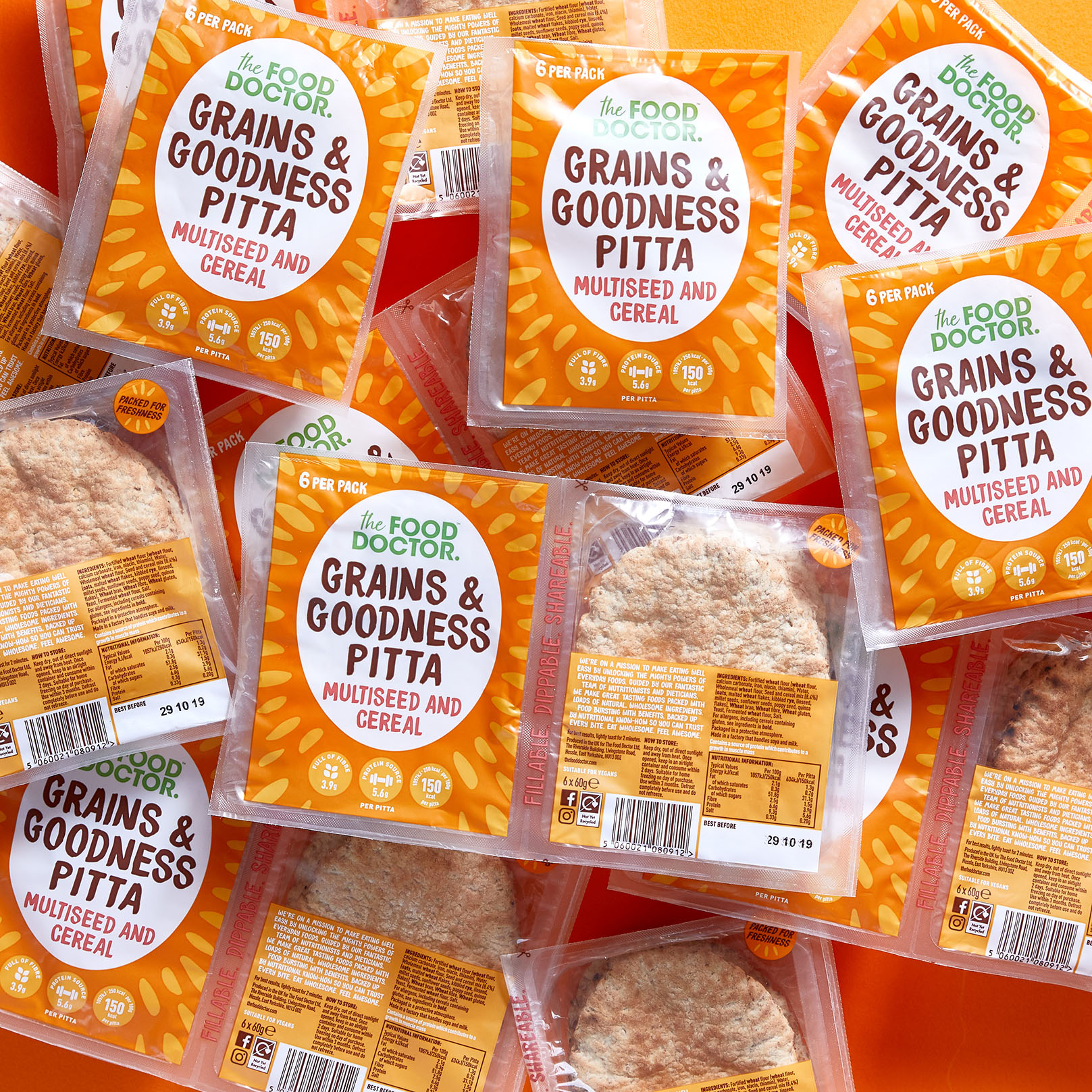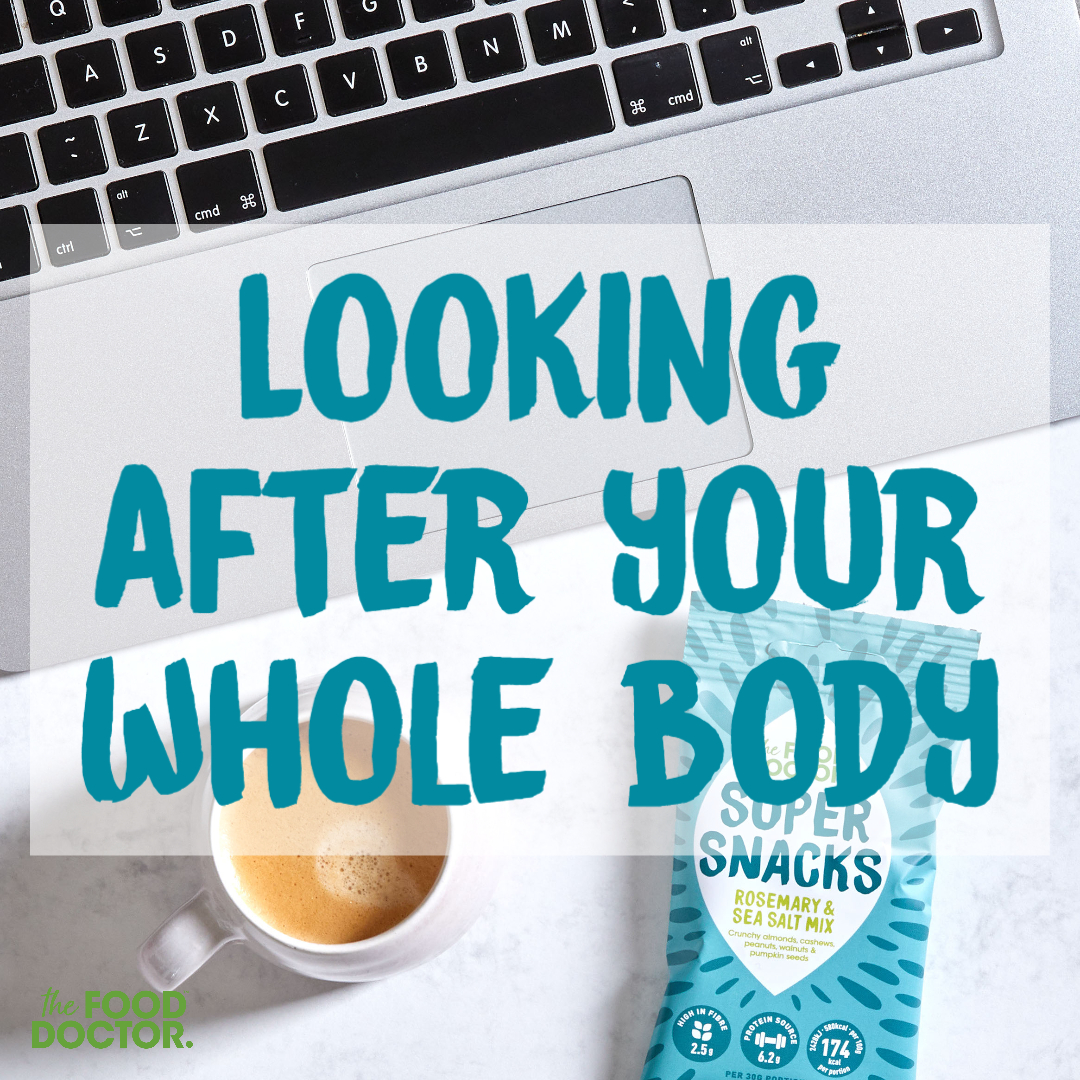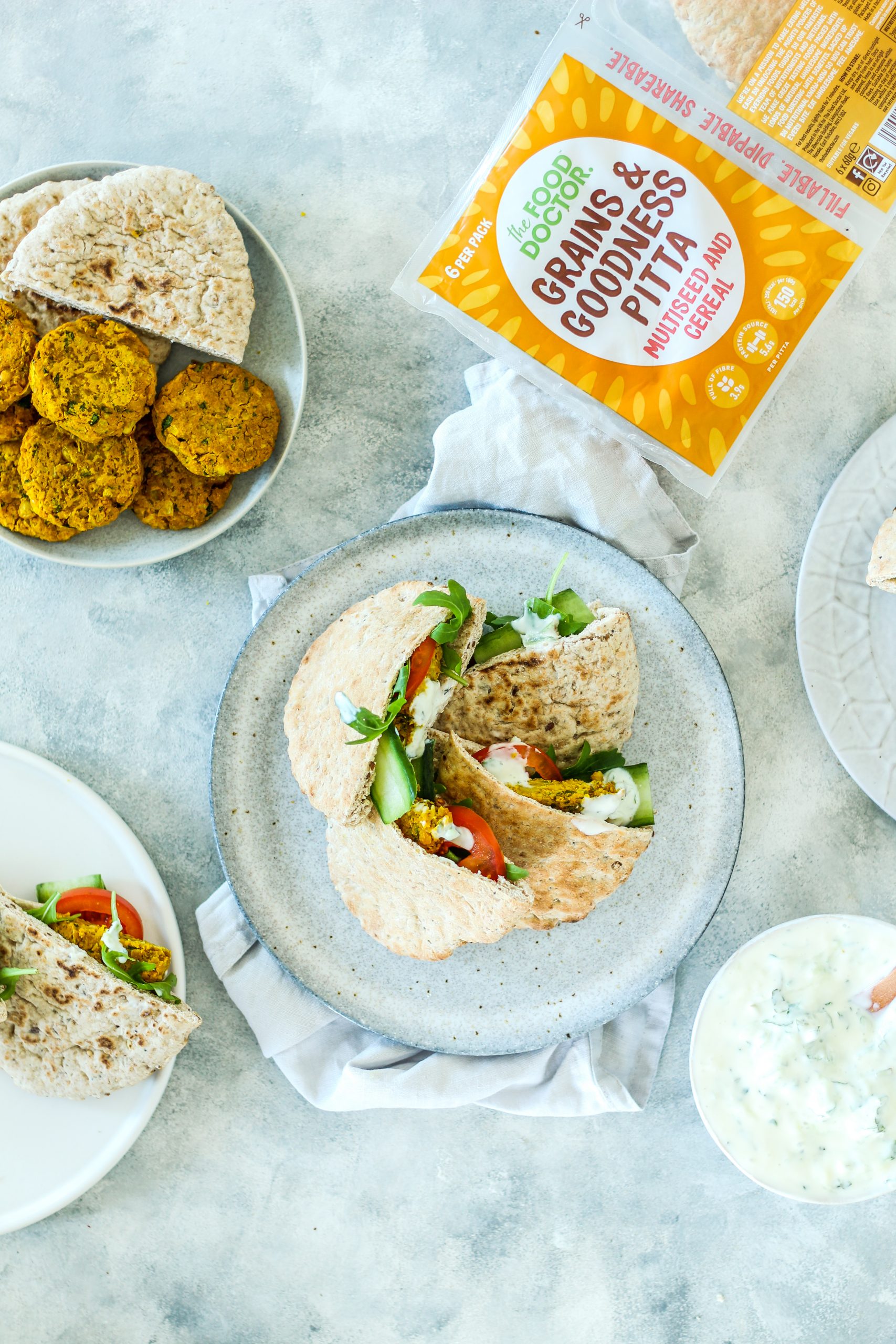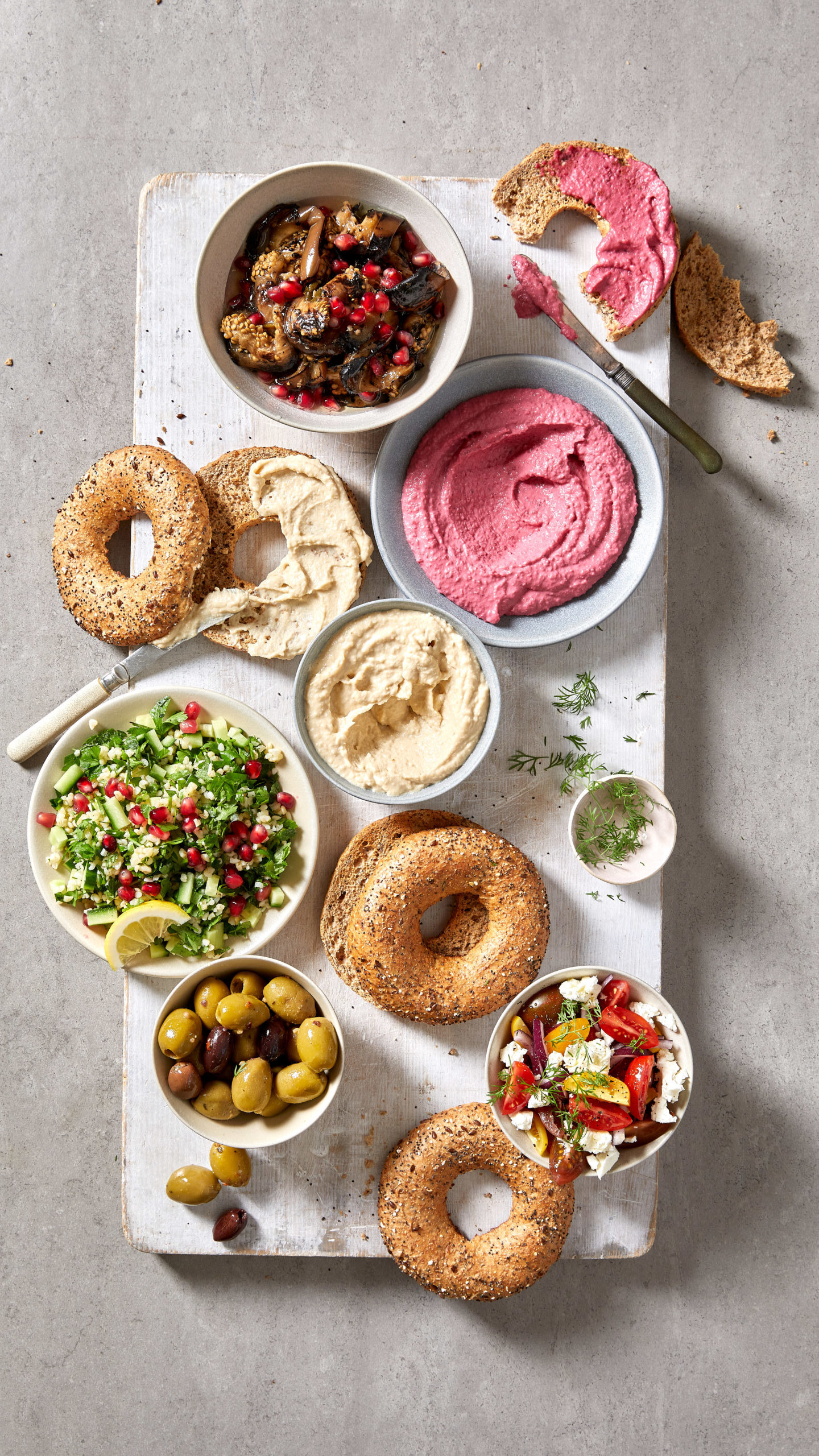Salt, whether it’s Himalayan pink or regular table salt, is mainly made up of sodium chloride. Sodium helps to regulate the fluid in the body, and excess salt can make our bodies hold more fluid, which makes our blood pressure go up. So, although we need sodium, it’s important for health to be mindful of how much salt we’re eating across the day. Public Health England advises we should have no more than 6 grams a day, which is just over a teaspoon.
Where’s it coming from?
You might think you don’t use anywhere near that much salt at the table or in your home cooking. That’s probably true. Almost 80% of the salt we eat is hidden in processed and convenience foods such as cured meats, cheese, soups, breads, sauces and ready meals. You may not think about added salt when you dip your sushi in soy sauce or make an instant gravy. You may be unaware of salt in your bacon sandwich or Friday night Chinese takeaway. You may not realise how much salt you’re getting from the anchovies and cheese on your pizza. Cutting down on the amount of salt you add to food is good practice but it’s going to be insignificant if you’re not mindful of the hidden salt in the foods you buy.
Keeping it simple
Food labels will give you details of the amount of salt in a food product, but you may find you don’t have the time to decipher the small print. Here are some top tips to make it easier for you:
- Compare brands. Look at the back of the pack on a couple of brands you like and choose the one that gives you less salt per serving. Per 100g figures may be less meaningful as it all depends on how much you eat – foods don’t all come in 100g portion sizes.
- Limit foods that have been cured or smoked – such as bacon, ham, salami and smoked fish.
- Choose foods that give you less than 1.8 grams of salt per portion or 1.5g/100g, and ideally less than 0.3g/100g.
- Some labels have colour coding – avoid those with a red colour for salt.
- Look at this in context. Nutrition isn’t just about salt, so on occasions you may choose to buy a brand that’s a little higher in salt than another if it has added benefits like fibre. If so, be aware of other foods you’re eating that day and keep salty foods to a minimum.
Did you know…
- Manufacturers are gradually reducing the amount of salt they add to products. Some foods such as breakfast cereals now have about 40% less salt than they did a decade ago. But, it all depends on your portion size. You might find you’re having more than the 30g recommended portion of say, cornflakes, so you could be getting half a gram of salt just from your breakfast cereal. Add a slice of toast and salted butter and this soon starts to add up without you realising it.
- Be aware of cheese: A 30g portion of cheddar cheese has around half a gram of salt and 30grams of blue cheese, halloumi or Edam can have almost a gram of salt, according to the survey of cheeses carried out by Action on Salt in November 2012.
- Effervescent vitamin tablets can be high in sodium, so avoid large doses. They can have the equivalent of up to a gram of salt per tablet!
5 simple ways to cut salt in home-cooked meals
- Swap stock cubes for home-made stock.
- Choose less salty varieties of condiments such as reduced salt soy sauce or reduced salt bouillon.
- Powdered soups and seasoning sachets in instant soups can be high in salt. Try using half the sachet and save the rest for another day.
- Don’t waste your money on gourmet salts. They’re still packed with sodium, just like regular salt.
- Experiment: try cutting salt while boosting flavour by choosing chilli, lemon, spices, fresh herbs, garlic and ginger.
- https://www.milk.co.uk/hcp/wp-content/uploads/sites/2/woocommerce_uploads/2016/12/Cheese_consumer_2016.pdf
- http://www.actiononsalt.org.uk/media/action-on-salt/resources/19013_Salt-and-Health-lflt-update-new-logo-01.18_HR.pdf
- https://www.bda.uk.com/resource/salt.html
- https://publichealthengland.exposure.co/salt-reduction-programme
- http://www.actiononsalt.org.uk/media/action-on-salt/news/surveys/2013/butter-and-margarine-/butter-and-spread-data.pdf
